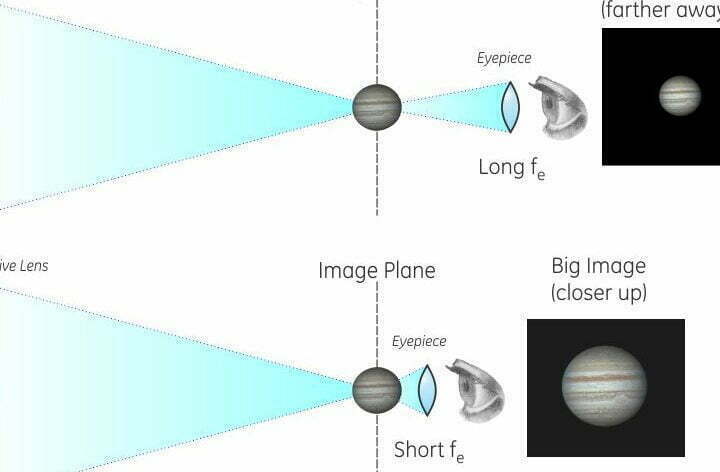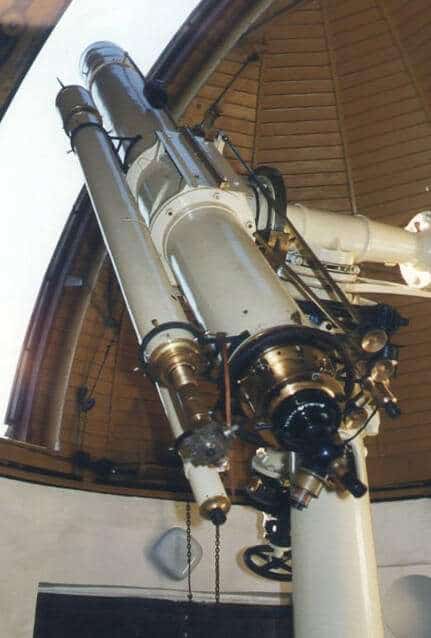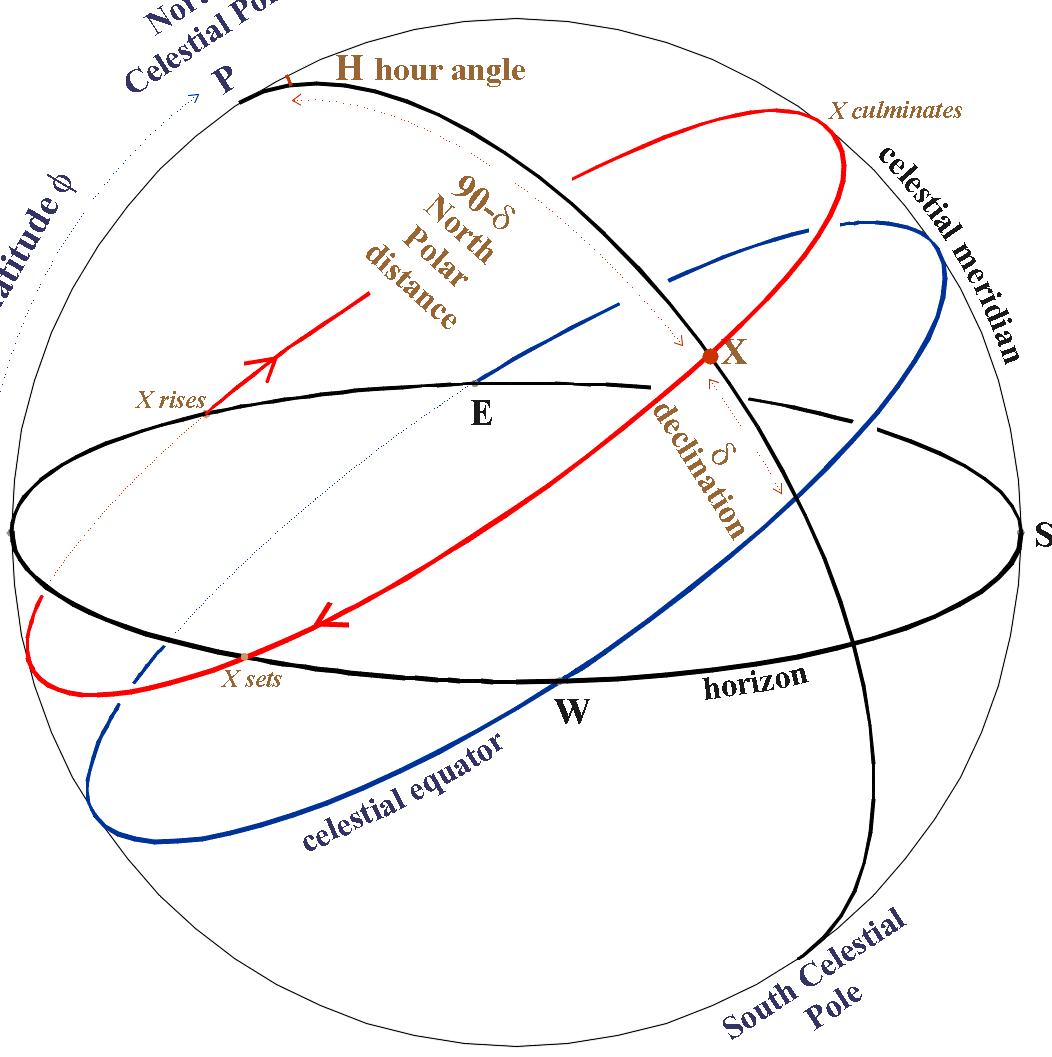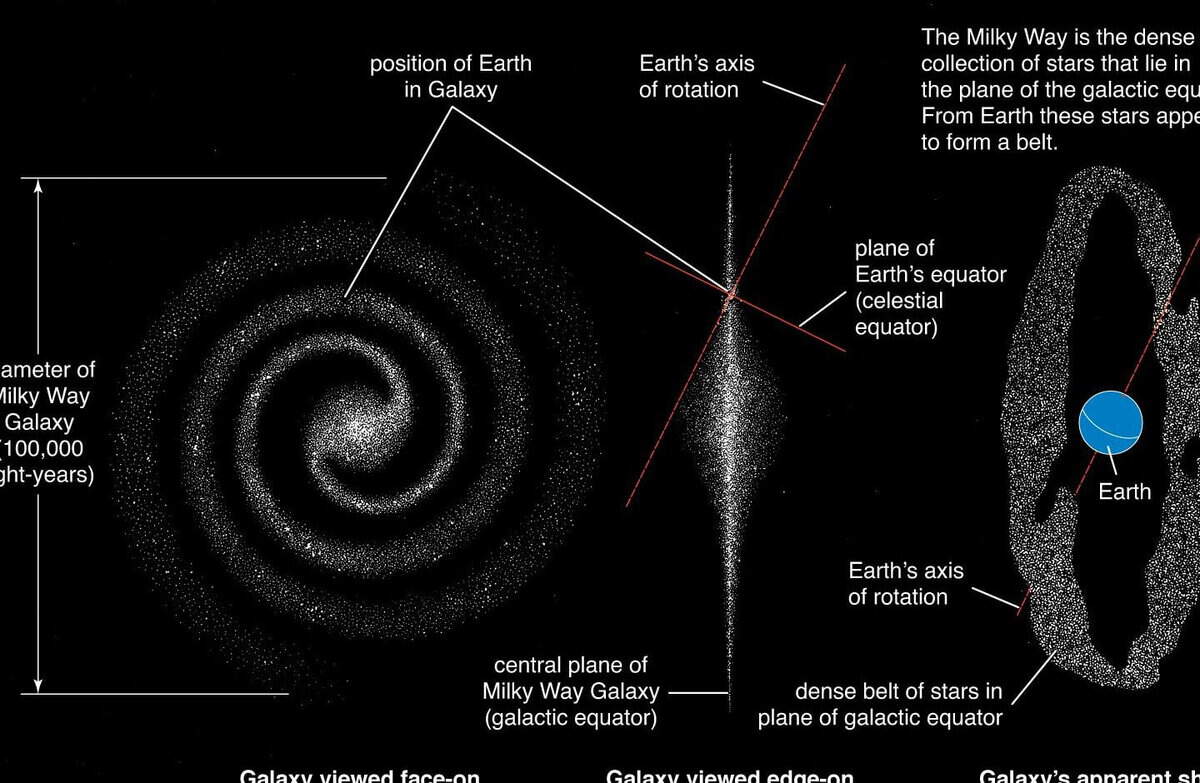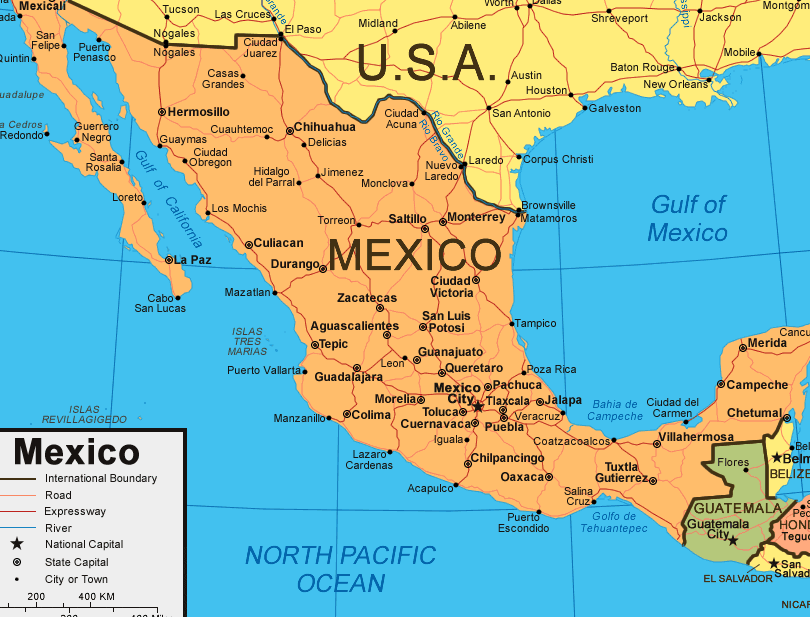
Guide to Locating Horizontal Parallax
Upon viewing this instructional video, you will acquire knowledge regarding the Earth’s form and dimensions. You will familiarize yourself with the methodology of triangulation for gauging the length of the meridian arc. Additionally, we will explore the concept of horizontal parallax and angular radius of a celestial object, and discover their utility in ascertaining the…

